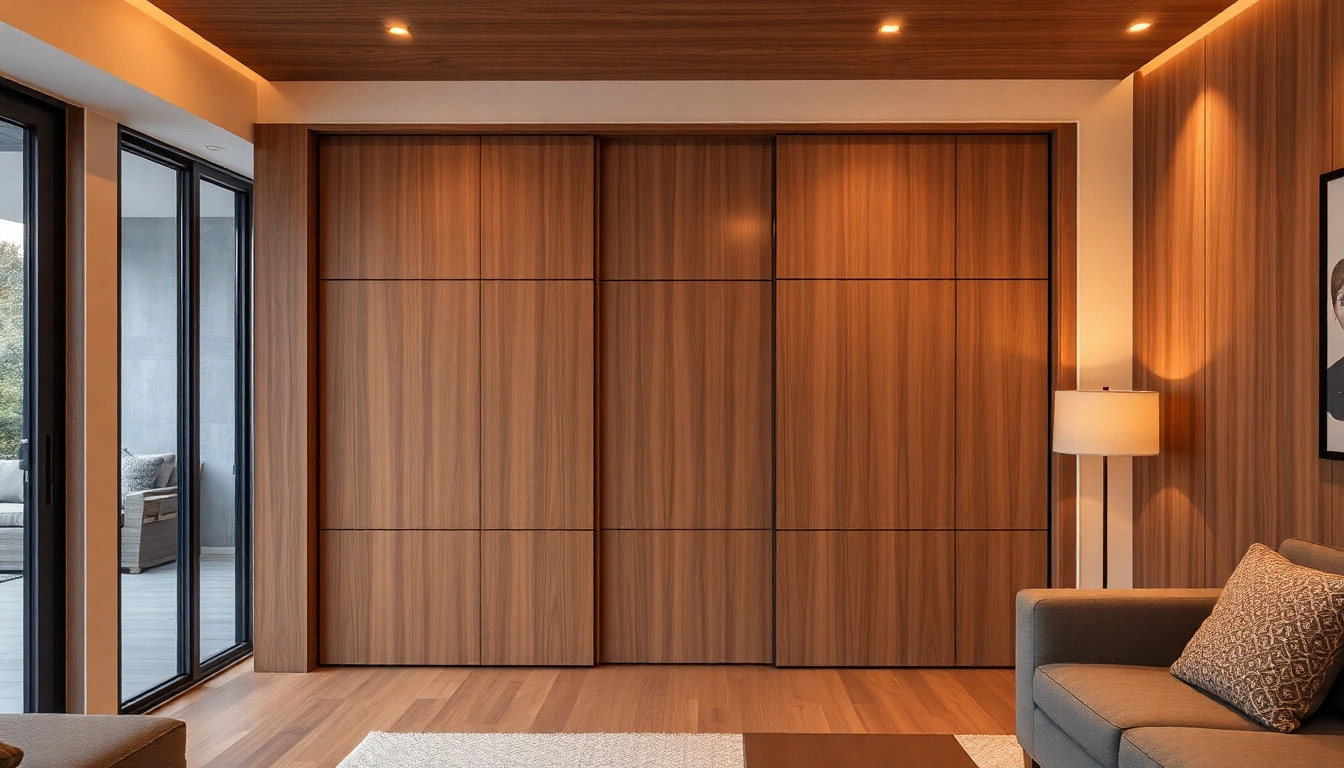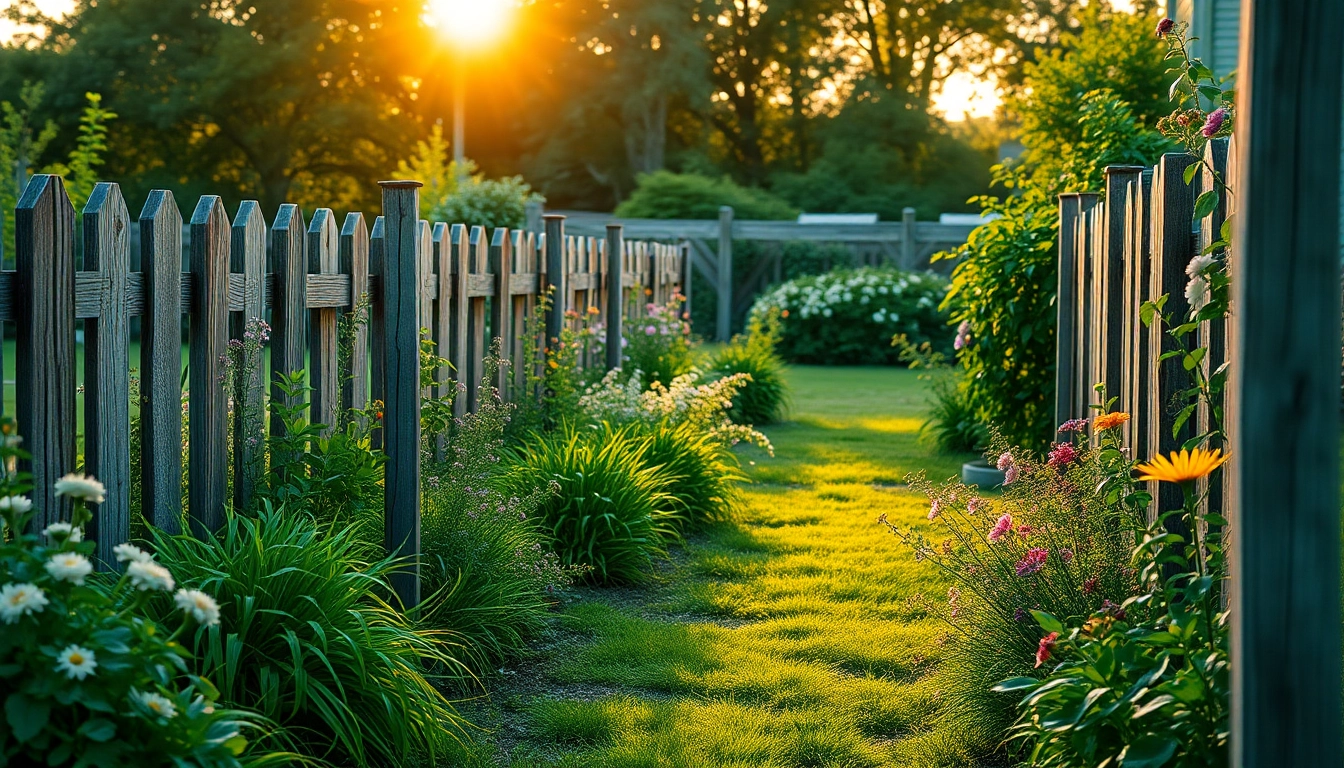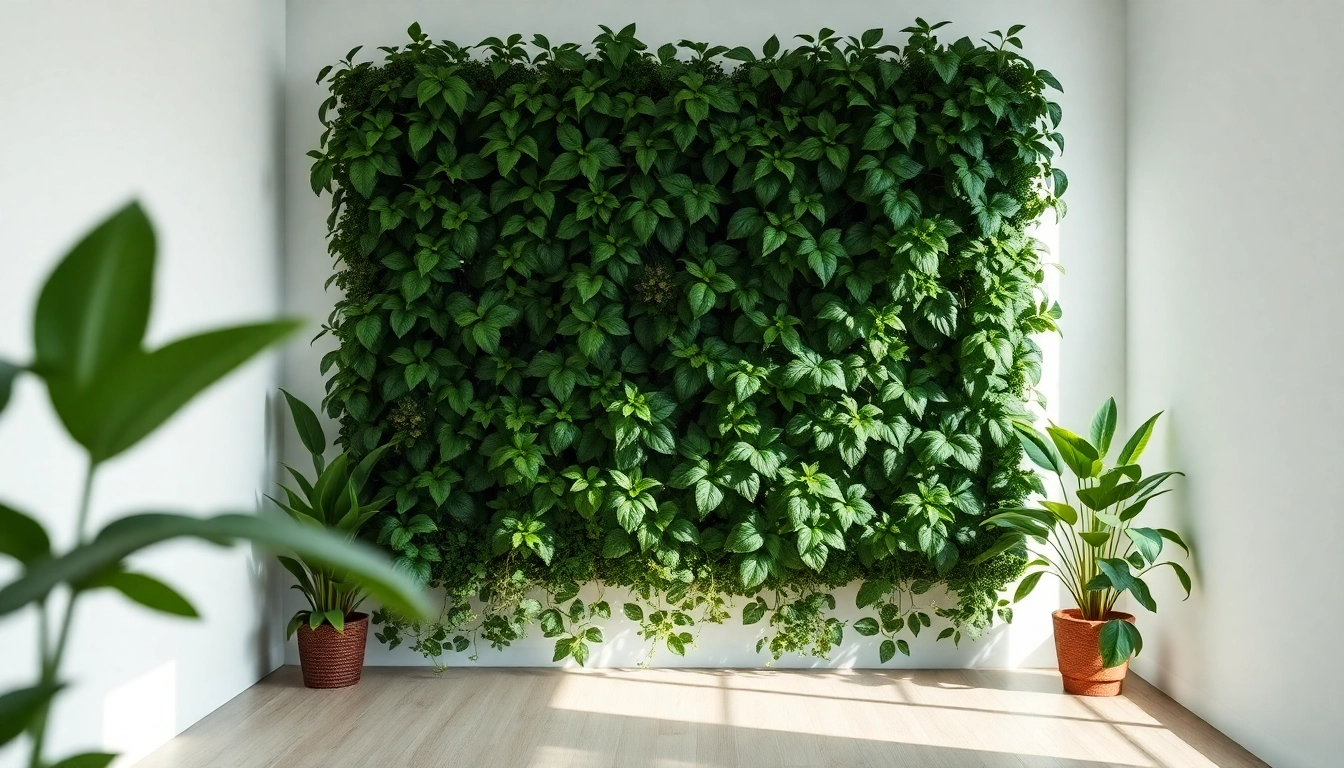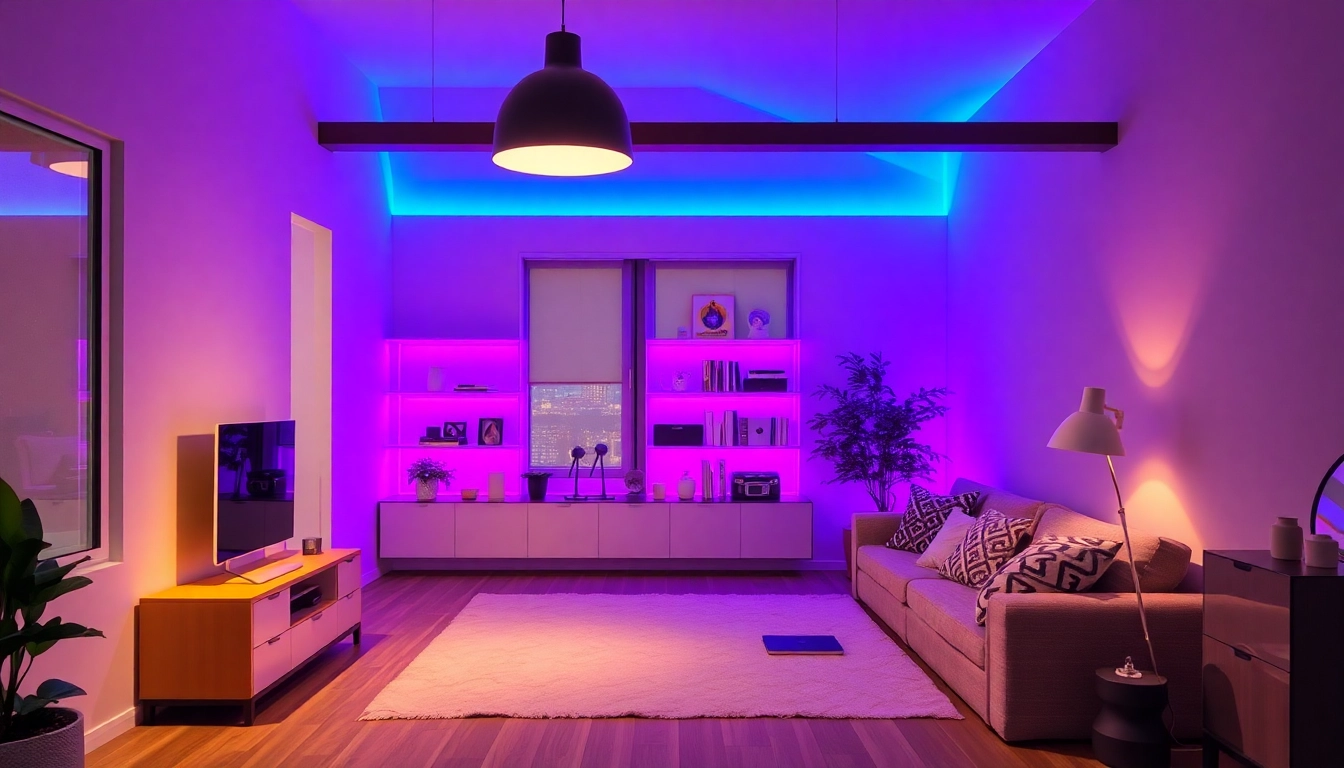Understanding Sliding Partition Walls
What is a Sliding Partition Wall?
A sliding partition wall is a type of movable wall system designed to divide spaces in a flexible manner, allowing for functional reconfiguration of both residential and commercial environments. These partitions can slide open or closed along a track, providing an efficient way to create separate zones within an area, enhancing usability without the permanence of traditional walls. They are engineered to provide sound insulation and privacy while still allowing light and air to flow through when required.
Benefits of Using Sliding Partition Walls
Sliding partition walls deliver numerous advantages.
- Flexibility: One of the most significant benefits of sliding partitions is their versatility. Users can effortlessly adjust the layout of a room to meet their varying needs, whether for a family gathering, an office meeting, or an event.
- Space Efficiency: Unlike traditional walls, sliding partitions do not take up floor space when opened, making them ideal for smaller areas.
- Cost-Effective: Installing sliding walls can be more affordable than extensive renovation projects, which may require significant investment in materials and labor.
- Design Aesthetic: With a variety of materials and designs available, sliding partition walls can enhance the aesthetic appeal of a space, offering options that best fit your decor.
- Sound Control: They can help in controlling sound levels within areas, making them excellent for offices or homes with shared living spaces.
Common Materials and Designs for Sliding Partitions
Sliding partition walls come in various materials and designs to cater to different needs. Some common materials include:
- Wood: Offers a natural and warm aesthetic, wood partitions can be custom designed to fit the desired style.
- Glass: Provides modernity and an openness to spaces, they also promote natural light flow.
- Metal: Offers durability and a contemporary look, often used in commercial spaces.
- Fabric: For activities like trade shows, fabric partitions can add color and style while being lightweight and portable.
Choosing the Right Sliding Partition Wall for Your Space
Factors to Consider When Selecting a Partition
When choosing a sliding partition wall, it’s essential to consider the following factors:
- Purpose: Determine whether the wall will be used for privacy, sound control, or aesthetic enhancement.
- Space Dimensions: Measure the available space, considering ceiling heights and width to ensure the partition will fit comfortably.
- Design Style: Match the partition’s design to the existing decor to maintain cohesiveness in your space.
- Mobility: If you require frequent adjustment, choose a system that allows for easy operation and movement.
- Budget: Set a budget that balances quality with cost; sometimes, investing a bit more reaps better durability and aesthetics.
Comparing Fixed vs. Sliding Solutions
Fixed walls offer permanence but restrict flexibility, whereas sliding partitions present an adaptable solution for dynamic spaces. A fixed wall is ideal when a permanent division is necessary, offering stability and insulation. In contrast, sliding partitions provide the flexibility to adjust layouts as needs change, particularly useful in multi-functional spaces.
Choosing the Right Size and Style
The size of the sliding partition should fit the proportions of the space without overwhelming it. While deciding on the style, consider options ranging from minimalist designs to more ornate choices, helping to set the ambiance. Custom partition walls can also be tailored to your specifications, ensuring a perfect fit.
Installation Process for Sliding Partition Walls
DIY vs. Professional Installation
Installation of a sliding partition wall can be undertaken as a DIY project or by hiring a professional, depending on the complexity of the installation and your level of expertise. While a DIY approach can save money, professionals can ensure the installation is done correctly and adheres to all safety regulations.
Essential Tools and Steps for Installation
For those opting for a DIY installation, essential tools include a measuring tape, level, drill, and stud finder. The installation process generally involves the following steps:
- Measure the space accurately.
- Choose and take care of your materials.
- Prepare the area by removing any existing wall fixtures.
- Install the track according to the manufacturer’s instructions.
- Hang the partition on the track, ensuring it slides smoothly.
Maintenance Tips for Longevity
To prolong the life of your sliding partition walls, consider these maintenance tips:
- Regularly check and tighten any loose hardware.
- Clean the tracks and wheels of debris to ensure seamless movement.
- Inspect the partition for any signs of wear or damage.
- Follow care instructions based on the material (e.g., special cleaners for glass).
Decorating with Sliding Partition Walls
Creative Ways to Use Partition Walls in Interior Design
Sliding partition walls can be integral in crafting unique decor themes within a home. Some creative uses include:
- Creating Zones: Use sliding partitions to separate living and dining areas in an open floor plan.
- Art Displays: Install a partition that can be rolled away to reveal a gallery of art pieces.
- Home Offices: Utilize a sliding wall to close off an office area when necessary, enhancing productivity while keeping a homey feel.
Color Schemes and Textures to Consider
The color scheme of your sliding partition can significantly affect your space’s ambiance. Lighter shades can make a room feel more spacious, while darker hues can impart a sense of coziness. Incorporating different textures, such as polished wood or frosted glass, can enhance visual interest, creating dynamic spaces.
Integrating Technology with Sliding Walls
Modern sliding partition walls can benefit from technological advancements. For instance, automated sliding systems can be controlled via mobile apps or remote controls, adding convenience. Integrating smart home technology can enhance the user experience, allowing for adjustments that cater to lighting and sound control seamlessly.
Case Studies and Real-Life Examples
Successful Applications in Residential Spaces
Many homeowners have successfully integrated sliding partition walls into their designs. For instance, a couple living in a two-bedroom apartment utilized sliding panels to create a home office that can be hidden away when not in use, enhancing space efficiency while providing desired functionality.
Commercial Uses for Sliding Partition Walls
In commercial settings, sliding partition walls are used effectively in open-space offices to allow for flexible meeting rooms that can expand or contract based on the needs of the day. This adaptability is crucial in managing space and optimizing workflow.
Before and After Transformations
Many renovation projects highlight the power of sliding partitions. A notable transformation involved a dated, cluttered living room being converted into a functional dining area and office space by adding a glass sliding partition that brightened the room and optimized its use.



